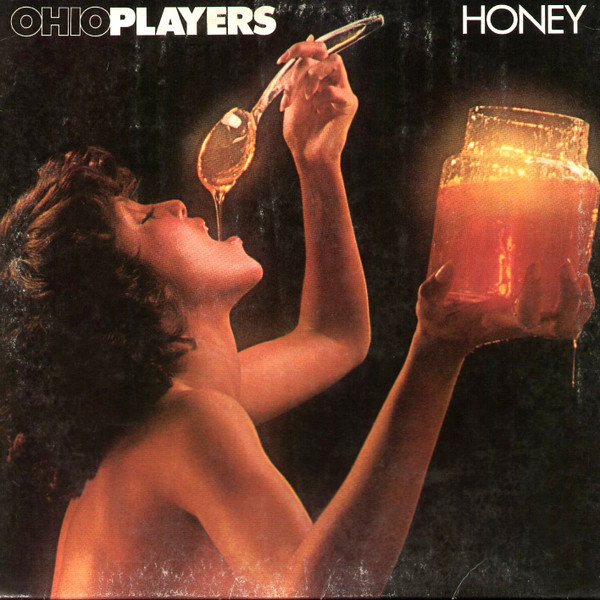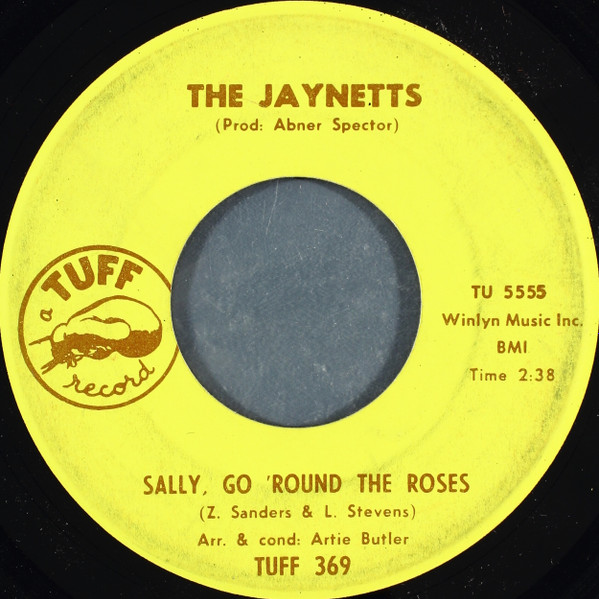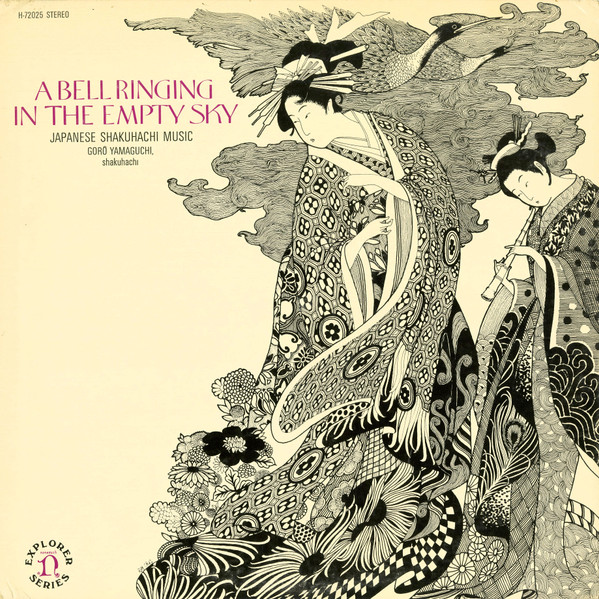Thursday, December 7, 2023
10. Kassie Jones, Parts 1 & 2
Furry Lewis (Recorded Aug. 28, 1928; released on Victor 21664);
composed by Walter E. Lewis
On April 30, 1900, John Luther "Casey" Jones, a railroad engineer already well known for obsessive punctuality, was trying to brake the passenger train he was driving when it nonetheless even more famously collided with a standing freight. He was the only fatality; his fireman lived. Numerous popular songs about this event began appearing within a few years of it, but this well-known country blues is not really one of them – being more about sex – and it is in two parts for the same reason that Waiting For Godot is – because Godot is not “nothing happening twice,” it’s about Vladimir betraying Estragon. At the end of Act II, Vladimir says, “Tell him you saw me,” instead of “saw us” as he does in Act I. In Part 1, Casey speeds his train while his wife beds a bootlegger running from the police and dreams of her sewing machine needle breaking. In Part 2, she baffles their grieving children by just drawing his pension and moving on as Casey leaves the world after entering something of a dream state, delineated in the opening verse: “Casey looked at his water, water was low / Looked at his watch, his watch was slow.”
Note: 25 secular essays about 25 songs, each one exactly 200 words long, appearing one per day during Advent (approximately).
Tuesday, December 5, 2023
9. Sally, Go 'Round the Roses
The Jaynetts (Recorded 1963; released on Tuff 369, b/w “Instrumental Background To Sally, Go 'Round The Roses”);
composed by Lona Stevens & Zell Sanders
Arguably, this one hit single inspired much of what people now think of as “the Sixties.” Ostensibly a “girl group classic” – as if that made it a trifle by definition – it influenced just about everyone with any kind of mystic bent. It blew teenage Neil Young’s mind. Grace Slick did it pre-Airplane. Pentangle covered it on an album of old folksongs. Can turned it into “Yoo Doo Right” on their neuer-deutscher-rock debut. Donna Summer covered it when she was still Donna Gaines. So what is it? Basically, a drone – just one chord with a quiet but tense jazzy vamp – as an untold number of overdubbed female voices weave around the chord, incantorily warning the title heroine not to “go downtown” lest she encounter “the saddest thing in the whole wide world . . . to see your baby with another girl,” evidently unleashing evil spirits. It went to No. 2, but the recording cost far too much for even the record honchos to get paid (right away, that is) - the hired producer had gone on an obsessive tear – adding the voice of every woman who came near the studio to the mix, while always keeping the sound strangely uncluttered.
Note: 25 secular essays about 25 songs, each one exactly 200 words long, appearing one per day during Advent (approximately).
Monday, December 4, 2023
8. Drugs
Talking Heads: Fear of Music (Sire, 1979);
composed by David Byrne & Brian Eno
My unpopular theory about Talking Heads is that everything they did after the breakdown of their working relationship with Brian Eno in 1981 was just recontextualization and amplification of things that had already happened. David Byrne reportedly tried to leave after Fear of Music, and in a sense, he did leave – Fear is the last album on which the quartet manifested as a coherent self-contained sound concept, although the (great) joke is that they needed Eno to make it work. The difference between the spare audio verisimilitude of the debut and the seductively disorienting reassembly of the same working parts on the follow-up is one proof of concept. Another is how they and Eno turned a jangly nonentity Byrne wrote in 1978, called “Electricity,” into “Drugs,” in 1979. On old bootlegs, “Electricity” is just the first verse with no chord change or actual tension. “Drugs” instead starts with a recording of Australian birds, leading into a murky shuffle that sounds like the Fatback Band played at 16 rpm. Byrne gasps knowingly silly received crap about drug experiences, punctuated by a creeped out electronic refrain and a loud guitar coda far more “intense” than whatever is being described could possibly be.
Note: 25 secular essays about 25 songs, each one exactly 200 words long, appearing one per day during Advent (approximately).
Sunday, December 3, 2023
7. Autumn In New York
Composed by Vernon Duke (né Vladimir Dukelsky) in 1934
This song’s counterpart – if not doppelganger – is Duke’s “April In Paris,” which appeared two years earlier in his musical, Walk A Little Faster, with lyrics by E.Y. “Yip” Harburg. In contrast, “Autumn In New York” is in Duke’s own words, and although it ended up in someone else’s show, I suspect he wrote it for reasons of his own. English was his second language and the strain shows – what, if anything, “spells the thrill of first-nighting”? – but the song articulates a strange beauty about New York more difficult to put across than Parisian spring. A lot of it has to do with how the fragmentary words sit on top of Duke’s music, which is like a teaspoon of gravy with ten pounds of flour suspended in it. A musician with élan can lay any number of long and intricate chord modulations into the transitions Duke leaves between verse and chorus and verse – modulations that the emotional shifts in the words and music make necessary. Beboppers created gravitational singularities with the tune – Bird, Powell, and Monk for starters. Duke knew it was redundant to “sigh for exotic lands” if this one makes you feel you are home, steel canyons and all.
Note: 25 secular essays about 25 songs, each one exactly 200 words long, appearing one per day during Advent (approximately).
Saturday, December 2, 2023
6. Love Rollercoaster
Ohio Players: Honey (Mercury, 1975);
composed by William Beck, Clarence Satchell, James Williams, Leroy Bonner, Marshall Jones, Marvin Pierce, and Ralph Middlebrooks
I hate even mentioning the stupid old rumor that “you could hear someone being murdered” on this track, since the audible “scream” is obviously just someone aspirating a little too close to a hot mike. On the other hand, the single edit is two full minutes shorter than the album track and they kept the scream in both. Even better is that the rumor is nowhere near the most unsettling aspect of the song. The Players largely composed their music in the studio, and by the mid ‘70s after ten or more years of endless gigging, personnel shuffles, and false starts, they had it down and hits they came. But this was a different kind of reward for group cohesion, because this tune has two riffs and seven players take it in as many directions at once. The astonishing double-triplet Diamond Williams drops into his drum intro is of a piece with his eschewing a straight four throughout – he has the whole band surfing on a bag of marbles. Only Sugar Bonner’s cackling vocal interjections are clearly on the one. Billy Beck’s synth part could be Hindemith. And it jams. So, saying that someone died making this is just . . . redundant.

Note: 25 secular essays about 25 songs, each one exactly 200 words long, appearing one per day during Advent (approximately).

Friday, December 1, 2023
5. Sokaku-Reibo ツル の 巣ごもり(Depicting The Cranes In Their Nest)
Yamaguchi Gorō 山口 五郎: A Bell Ringing In The Empty Sky: Japanese Shakuhachi Music
(Nonesuch Explorer Series, 1969)
I have heard a fair number of solo shakuhachi records since I first heard this one, some years after it was recorded during Yamaguchi’s residency at Wesleyan in the late ‘60s, and immortalized for outworlders with an excerpt etched on to the gold-plated disc bolted to the Voyager probe. It is also my one reliable answer to the “Desert Island Discs” question, not only because it is my favorite recording of any kind of music, but also because it illuminates that just-for-fun question in the most serious possible way: instead of the futility of trying to retain some grip on your old life by taking some capsule summary of it on a piece of plastic with you, what kind of information structure would best suit indefinite solitude? Not melodies, but unbroken lines with no possibility of harmonic context, let alone any need for one, because more notes would crowd and jostle what is there and brimming over the rim. It is a slip of paper on a pool of water bent in just enough places to make a boat – maybe just one will do. Which not coincidentally is also my one reliable answer to another just-for-fun question: what is art?
Note: 25 secular essays about 25 songs, each one exactly 200 words long, appearing one per day during Advent (approximately).
Thursday, November 30, 2023
4. Symphony №5 in D minor, Op. 47: First Movement (Moderato)
(Premiered Nov. 21, 1937, with Yevgeny Mravinsky conducting the Symphony Orchestra of the Leningrad State Philharmonic);
composed by Dmitri Dmitriyevich Shostakovich (1906-1975)
If you know Shostakovich, you probably know this symphony. If you know this symphony, you probably know that Stalin’s positive response to it was the only thing keeping the composer out of the Gulag. He was their best beyond question, and even Stalin apparently thought so. Just that every now and then the apparatchiks made him pule like a whipped dog on cue because too many pointy-heads at liberty have a way of slowing History down, despite bringing the nonpareil socialist flavor. But he was Shostakovich and he puled like he did anything else. In the first movement, the trumpety pageant of inexorable history thunders past, but in the last minute, the strings go almost completely quiet while an unprepossessing secondary theme introduced earlier, is reintroduced as a smiling curse: a lonely solo theme played first by piccolo, then seconded by violin. A pule like disobedient history. Bulgakov had to keep the manuscript of The Master and Maragarita literally buried when he was not writing it, as if his words might run away and denounce their author. Shostakovich had no choice but to put an equivalent insult in plain sight. But he put it where no one dared touch it.
Note: 25 secular essays about 25 songs, each one exactly 200 words long, appearing one per day during Advent (approximately).
Subscribe to:
Posts (Atom)





